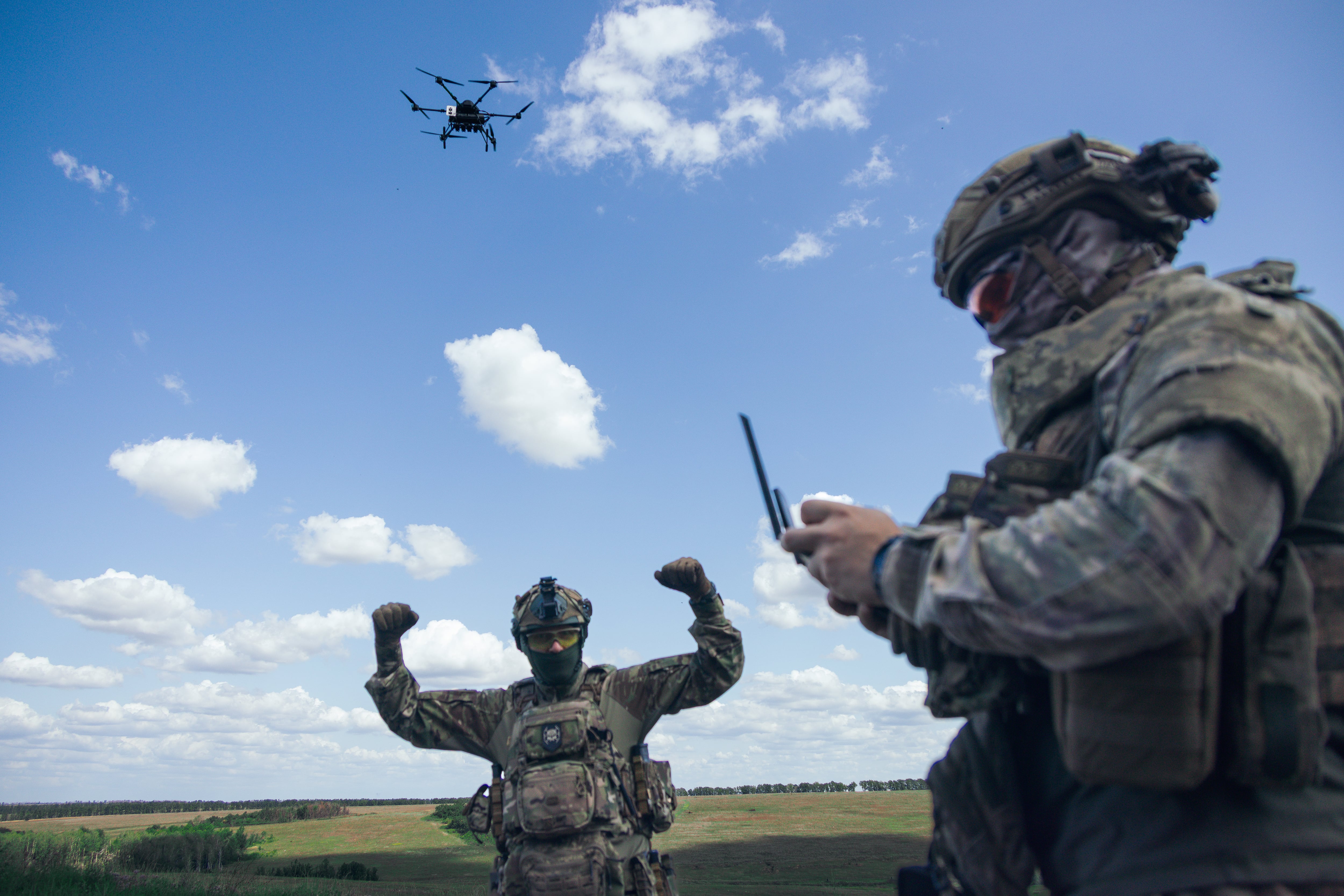WASHINGTON – The Air Force's next-generation expeditionary radar will be produced by Raytheon, the service announced Monday.
The Massachusetts-based company will produce the service's Three-Dimensional Expeditionary Long-Range Radar (3DELRR) system. It beat out competitors Lockheed Martin and Northrop Grumman for the award.
The overall 3DELRR program calls for 35 systems to replace the service's aged TPS-75 radar system, currently the primary long-range, ground-based sensor used by the Air Force to detected, identify and track aerial targets. While that radar is still effective in some areas, it lacks the capacity to track more modern threats.
"The new 3DELRR radar will be capable of detecting certain current and emerging threats that the TPS-75 is incapable of seeing," Kevin Ray, pre-EMD phase chief engineer, was quoted in a service press release. "In addition, the radar's improved system reliability will drive down operating and support costs and enhance the operational availability for the warfighter."
Raytheon praised the service's decision in a press release, highlighting what they called the affordable nature of their system.
"By choosing Raytheon's 3DELRR solution, the Air Force is purchasing an affordable, exportable radar," David Gulla, company vice president for global integrated sensors at Raytheon Integrated Defense Systems, said in a company statement. "Raytheon's 3DELRR design is interoperable with coalition systems and capable of meeting the requirements of many international customers."
This $19,502,764 fixed-price-incentive-firm contract, covering the EMD phase of the program, must be completed by Oct. 31, 2018. The EMD phase includes the procurement of three radar systems. The total contract, including all options, is estimated by the Air Force at $71,821,520 and "includes the procurement of an additional three radar systems, for a total of six radar systems and product support."
A follow-on contract for full-rate production will cover the remaining 29 units.
Notably, the 3DELRR system will be built on an open architecture to allow for future upgrades to the software. The service has placed an emphasis on building new programs with open architectures.
In a statement released by the service, Air Force Secretary Deborah Lee James praised the open architecture built into the radar system.
"Not only will 3DELRR improve our battle space awareness, but we believe this program exemplifies the principles established in our new strategic framework," James said in the statement. "Specifically, it was a pilot program to incorporate defense exportability features early in the design process to reduce per unit production and total lifecycle costs.
"The 3DELRR system will also incorporate an open system architecture design, which permits the flexibility to make future upgrades."
The unlucky pair in the competition will now wait for the Air Force to debrief them on why they awarded the contract to their competitor. Once that brief occurs, they will have 10 days to challenge the award.
A spokeswoman with Lockheed said the company was "disappointed" and would await notice from the Air Force as to why the contract was awarded to Raytheon. A spokesperson for Northrop Grumman could not immediately be reached.
While the Air Force contract is a boon for Raytheon, it may not represent the only market for the system. Officials from the competitors previously claimed a robust international market for ground-based radars. The win means it can go into competitions in those nations with the endorsement of the US Air Force in its pocket.
Additionally, 2015 budget documents disclosed that the US Marine Corps are also considering using 3DELRR as a replacement of its AN/TPS-59 system.
That exportability was key for the Air Force, said Andrew Hajek, Raytheon's 3DELRR program director.
"The intent of the defense department is to design exportability in from the ground up," he said. "So that's very important to the US government that we have this capability that is able to be exported."
Hajek declined to go into detail about what open architecture capabilities have been baked into Raytheon's offering, but he said the Air Force had put a premium on the ability to "grow into the system and add capability."
The Air Force "brought out the best in industry" with this competition, he added.
Aaron Mehta was deputy editor and senior Pentagon correspondent for Defense News, covering policy, strategy and acquisition at the highest levels of the Defense Department and its international partners.





